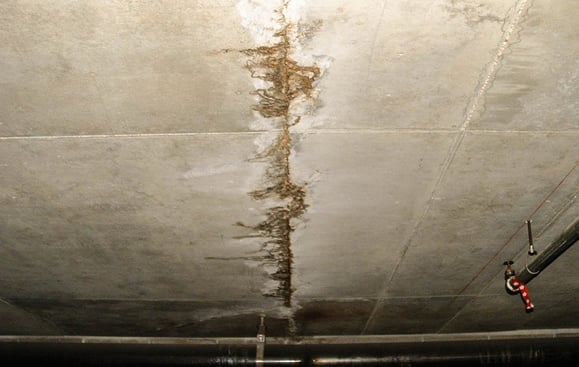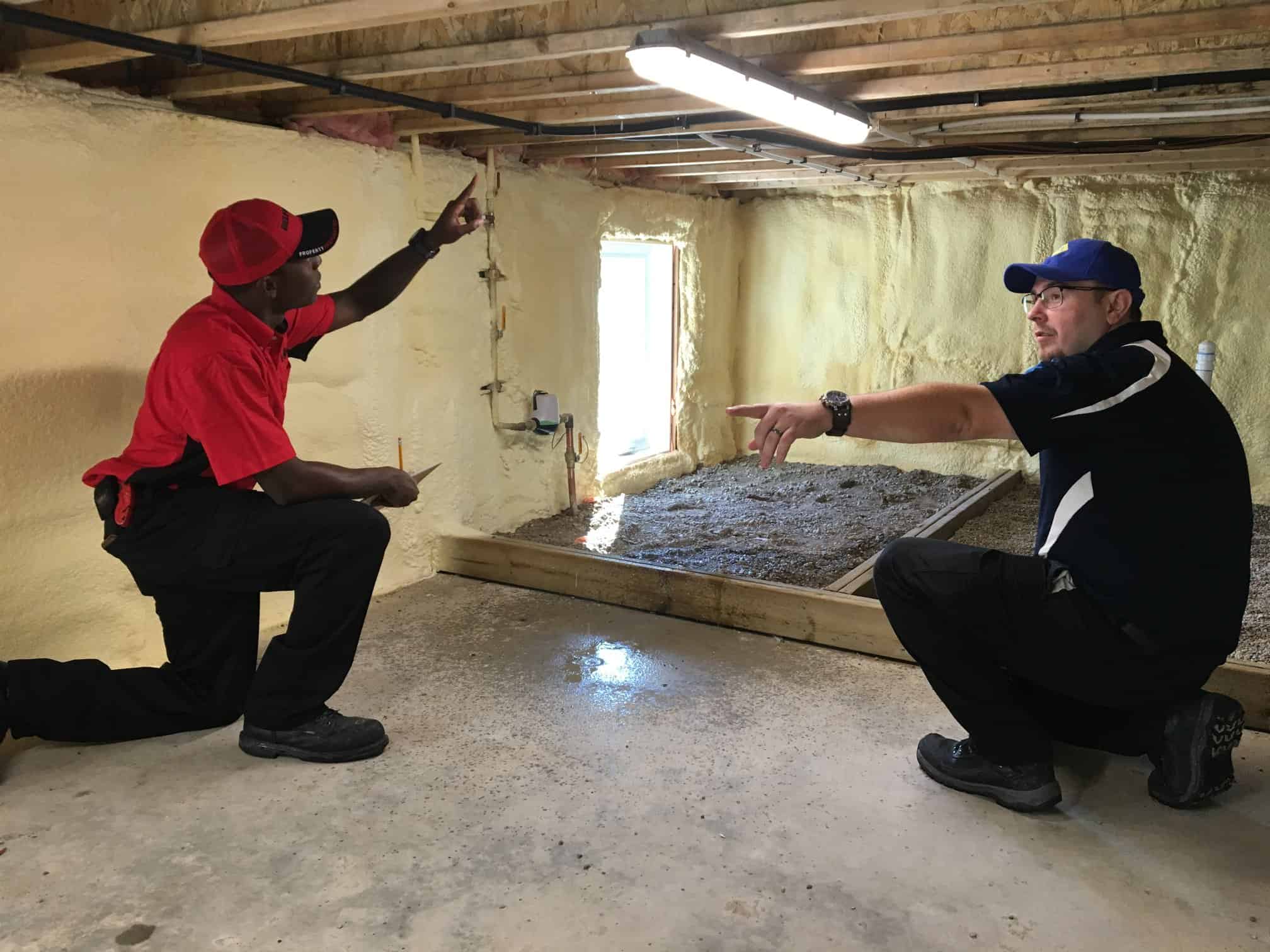Quick Response Emergency Water Leak Repair for Residential and Commercial Needs
Quick Response Emergency Water Leak Repair for Residential and Commercial Needs
Blog Article
The Refine of Water Damage Clean-up: Ensuring Your Home Is Recovered Successfully
Water damage can be a complicated challenge for homeowners, necessitating a careful and structured clean-up process to recover safety and capability. damage restoration services. Following this, efficient water extraction methods play a crucial role in reducing more harm.
Examining the Damages
Upon discovering water damage, the primary step is to extensively evaluate the degree of the effect. This first examination is critical, as it assists establish the required actions for reliable clean-up and repair. Begin by checking the affected locations, including walls, ceilings, floors, and personal belongings, to determine the source of the water intrusion, whether from flooding, leaks, or condensation.
Recording the damage is crucial for both insurance policy claims and planning reconstruction initiatives - damage restoration services. Use photographs and written notes to capture the intensity of the damages, keeping in mind any type of afflicted structural components and products. Pay unique interest to locations that might not be promptly visible, such as behind wall surfaces and under carpetings, as concealed moisture can lead to additional complications, including mold and mildew growth
Furthermore, assess the timeline of the water exposure. Eventually, an extensive evaluation lays the foundation for a successful water damages cleaning procedure, making sure that all influenced areas are resolved effectively and extensively.
Water Removal Methods

Professionals commonly use completely submersible pumps for larger volumes of water, which can quickly ease flooding in cellars or various other affected locations. For smaller sized amounts, wet/dry vacuum cleaners are typically used to remove recurring wetness from rugs and hard surface areas. Furthermore, making use of mobile extractors enables for targeted removal in constrained spaces or areas with delicate products.
In circumstances of infected water, such as sewage or floodwater, progressed removal strategies might include making use of biohazard equipment to ensure security and compliance with health laws. High-powered removal tools are crucial in reducing water retention in structural materials, which can bring about mold growth and architectural wear and tear otherwise addressed promptly.
Ultimately, the effectiveness of water removal strategies plays a critical function in the total success of the water damage cleanup procedure, preparing for succeeding reconstruction initiatives.
Drying and Dehumidification
Once standing water has actually been effectively removed, the next essential phase in the water damage cleanup procedure is drying and dehumidification. This action is important to stop further damages and mold and mildew development, which can happen within 24 to 48 hours in moist atmospheres.
To achieve efficient drying out, specialized devices such as industrial-grade air movers and dehumidifiers is employed. Air moving companies circulate air throughout damp surfaces, boosting evaporation prices, while dehumidifiers reduce humidity levels airborne, promoting a conducive setting for drying. The combination of these devices ensures that dampness is extracted from wall surfaces, furnishings, and floorings, enabling them to dry extensively.
It is essential to monitor the drying out procedure closely. Experts learn this here now frequently make use of wetness meters to assess the dampness web content in various products, ensuring that all affected areas get to acceptable dry skin degrees. This careful technique aids to stop covert dampness pockets that could lead to structural damage or undesirable mold development.

Cleaning and Sterilizing
After the drying and dehumidification phase is total, the following important step in water damage cleanup is cleaning up and sterilizing the influenced areas. This procedure is vital to stop the development of mold and mildew, germs, and various other microorganisms that grow in wet settings.
The cleansing phase commonly involves getting rid of any kind of particles, dirt, and contaminants from surface areas making use of specialized cleansing agents. For difficult surfaces, a combination of soap and water or commercial cleaning items is frequently used. Soft materials, such as furniture and carpets, might call for extra extensive cleansing methods, including vapor cleansing or deep extraction strategies, to guarantee complete hygiene.

Disinfecting complies with cleaning, using EPA-approved anti-bacterials to remove harmful microorganisms. This step is crucial, especially in areas that may have entered into call with floodwaters or sewer, as these resources can position significant wellness risks.
Furthermore, it is important to deal with any kind of staying odors, which may need making use of smell neutralizers or innovative methods like ozone therapy. Correct cleansing and disinfecting not just bring back the safety and security and health of your home but likewise prepared for successful remediation and repairs in succeeding stages of the water damages clean-up procedure.
Reconstruction and Repair Work

When the analysis is full, repair efforts can start. This normally includes fixing or replacing damaged products, making sure that all job conforms with neighborhood building regulations and requirements. For example, if drywall has actually been jeopardized, it will certainly require to be eliminated and replaced with brand-new material. In addition, floor covering might need comparable interest, depending on the level of water exposure.
It is essential to involve skilled remediation experts throughout this procedure, as they possess the knowledge to handle complex fixings effectively. They can aid reduce possible future issues, such as mold and mildew development or architectural instability, hence ensuring a risk-free and habitable living environment. Inevitably, efficient reconstruction and repair work recover the home's honesty and enhance its overall value.
Final Thought
In verdict, the process of water damage cleanup is vital for recovering a home to its pre-damage problem. their explanation Each phase, from assessing the damages to applying efficient water extraction strategies, complied with by detailed drying, disinfecting, and needed repair work, plays an essential role in making certain security and compliance with building requirements. Effective implementation of these steps not just minimizes prompt damage yet additionally boosts the long-term stability and value of the building.
Water damage can be a difficult difficulty for home owners, requiring a structured and precise cleaning process to restore safety and performance. Eventually, a detailed evaluation lays the groundwork for an effective water damage clean-up procedure, making sure that all influenced locations are addressed effectively and completely.
Effective water extraction strategies are crucial in reducing damage and avoiding more problems complying with a water breach event.In conclusion, the procedure of water damage cleanup is essential for bring back a home to its pre-damage problem. Each stage, from examining the damages to carrying out effective water removal methods, followed by extensive drying, disinfecting, and necessary fixings, plays a crucial duty in making certain security and compliance with building standards.
Report this page